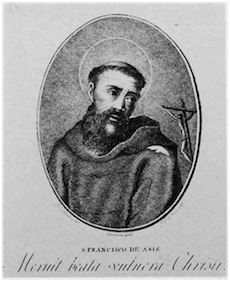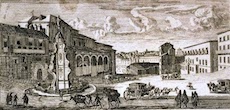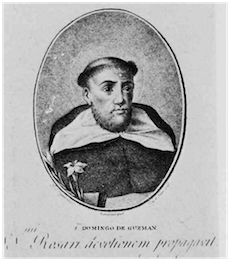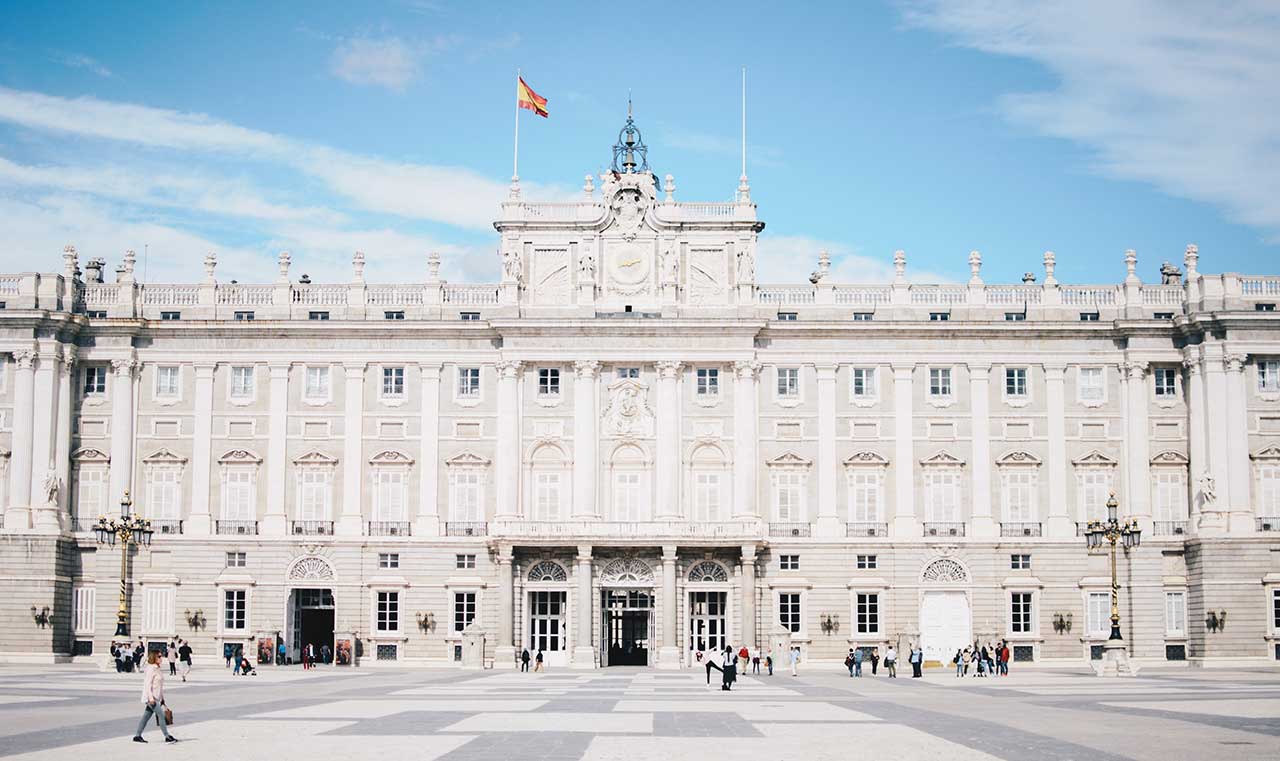
The story about the visit of these two prominent religious leaders to the city of Madrid weaves between myth and reality. Saint Francisco of Assisi and Saint Dominic of Guzman (Santo Domingo), both were travelling in the effort to grow their religious communities and to impulse their respective organizations’ projects, both arrived virtually at the same time to Madrid, and both contained huge importance to the city, as they left behind massive influential communities of respective religious orders; both friars contributed to the appearance of architectural and historical monuments in the city, with the only difference that only one of them will inspire the evolution of a simple monk’s lodging into a monumental piece of art preserved through the centuries, while the creation of the other will vanish into the dust of times.
Francisco of Assisi, later Saint Francisco, made it to Spain around 1213-1214, and since tradition recalls there are plenty of traces of his influence that stayed preserved through the times, however his arrival to Madrid is covered so densely with myths and legends that at this point it is difficult to separate them from real fact. What we know is that around those times is constructed a small hermitage which was used by Saint Francisco and later it grows to become a Convent of San Francisco el Grande. With time it transforms into the amazing and monumental Basilica of San Francisco el Grande one of the most representative jewels of XVIII century architecture in the city, which used to be a humble housing chosen by San Francisco during his stay in Madrid. It is definitely well worth the visit regardless of your religious believes as it contains impressive works of Goya and Zurbaran among others.

As to Saint Dominic of Guzman (Spanish: Santo Domingo), apparently he will make it to the city a few years later, around 1219, following two years after two of his monks failed on a mission of founding a monastery for the community of Santo Domingo (Dominicans) in Madrid. Assuming the failure of friar Pedro de Madrid and friar Miguel de Ucero the father of the order himself will come and lead the construction to its glorious result in the shape of the Monastery of Santo Domingo de Guzman. Later, after the issue of Bula Excommunicamus dictated by Papa Gregorio IX in 1231, which established the Saint Inquisition, this monastery will become the center of the Inquisition matters in the city. As Dominicans were famous for their educational activities, they will be chosen to direct Inquisition, making this monastery the very center of the city of Madrid of that time.

During the expropriation of Christian Catholic church in Madrid, major properties were destroyed, and during the period from 1836 to 1852 the Monastery of Santo Domingo will be wiped off the face of the city. On the modern map of Madrid the Monastery would be located in the Plaza of Santo Domingo in Madrid.
Curiously, the destruction of the monastery gave birth to numerous dark rumors and legends, as workers that were involved in the demolition claimed to find several tunnels with horrendous amounts of skulls and bones buried into the walls. I say “dark rumors” as one of the possible explanation to these “findings” could be the known fact that sometimes monks of an order were buried this way by their communities. However, of course, another explanation that insists on coming to mind is related to the inquisition being known for inhuman torturing of their prisoners, which more than once accelerated their encounter with the God, you can let your imagination do the rest....
Author: Enrique

Customize your
private tour
